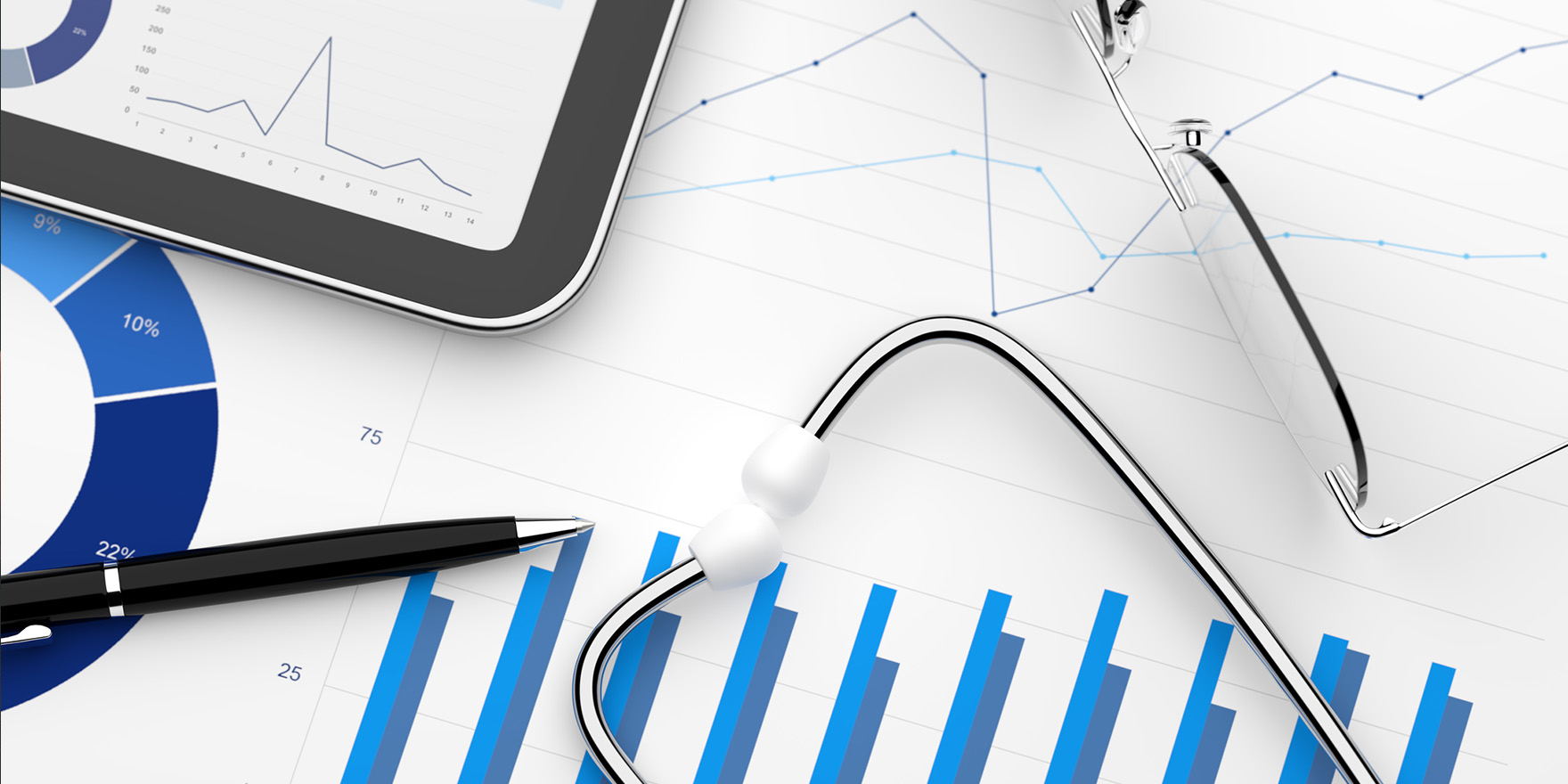Automating your processes helps create a safer healthcare practice for patients and staff, to reduce risk and maintain regulatory compliance. PracticeHub makes this easy.
Automation is one way general practices can reduce staffing pressures, lower costs and improve clinical and administrative efficiency, for better patient outcomes. Here are three health tech trends to consider.
The ongoing covid-19 pandemic has given us a glimpse into the future of how healthcare systems might struggle to cope with growing demands. As health workers around the world are inundated by waves of covid cases, and with staff shortages due to illness or isolation, we’re seeing more pressure on healthcare providers and systems.
This pressure is compound by increasing populations and lifespans, leading to even greater demands for care and rising costs of delivery. These pressures can increase the potential for human error and medico-legal risk.
A 2020 Deloitte survey of 680 primary care and specialty US physicians revealed that 73% of respondents saw saving time and resources as the number one benefit of automation and artificial intelligence in the medical industry. Seventy-seven percent said automation would have the most impact on their practices in terms of efficiency.
A 2019 McKinsey trends report mentions nine emerging technologies that “could create an additional $350 billion and $410 billion in value annually by 2025”. Among these are robotics, artificial intelligence, big data, connected and cognitive devices, and targeted and personalised medicine. The McKinsey forecast sees a future where technologies such as these will converge to disrupt current healthcare practices and create a more efficient medical care supply chain with “stronger supply chain management, fewer user errors, better patient adherence, and improved health outcomes”.
Let’s look at three of these major trends that can make practice management and healthcare delivery simpler, safer and more efficient.
Trend 1: Robotic process automation
Otherwise known as RPA or software robotics technology, this replaces human interaction with a digital system to carry out a process. It helps streamline and speed up tasks such as appointment scheduling, claims management and healthcare delivery. Automating these processes eliminates the need for manual inputs and risk of human error.
Australian RPA specialist, CiGen, highlights six RPA benefits for greater efficiency and less risk in healthcare, including:
- Processing cost reductions: In a hospital setting, automating functions like claims or billing was found to reduce costs per claim by 75%.
- Human labour cost reductions: Automating manually-intensive tasks saves time, which can be spent on higher-value work, such as more personalised patient care.
- Superior healthcare quality: Spending less time (with fewer error risks) on administrative tasks and more time on delivering quality healthcare, patient satisfaction increased, means less potential for complaints or claims.
Registration and compliance processes are two areas where automation comes into its own. These time-consuming tasks can be prone to human error, a main cause of compliance breaches, and a major source of stress for practice teams. Automating compliance tasks such as renewal of staff certificates of insurance and Ahpra practitioner registrations, within an online platform like PracticeHub, helps make compliance faster, easier and more accurate.
Trend 2: Artificial intelligence and machine learning
Artificial intelligence (AI) and machine learning broadly refer to computers simulating human intelligence to learn, perform tasks and solve problems.
The Australian Academy of Technology & Engineering predicts, in its 2020 report, that in the next ten years, AI and machine learning technologies may automate difficult or tiresome work, reducing the workload of healthcare providers. They don’t anticipate AI replacing healthcare professionals, but supporting clinicians in decision-making and data-mining activities to significantly reduce workload.
While the pandemic has accelerated the uptake of AI and automation for efficiency and ‘touch-free interactions’, higher level uses are expected to reduce clinical burden and offer more personalised care. Technologies including “algorithms and machine learning that can accurately detect cancer and heart disease, virtual assistants to deliver medication reminders and robot-assisted therapy for recovering stroke patients” will produce better health outcomes.
McKinsey also notes that “AI-based assistance in patient diagnosis and routine administrative duties [can] enhance physician productivity”, which may enhance the quality of patient care.
Trend 3: Data sharing and interoperability
With an increase in use of digital healthcare and automated practice systems and processes, we are also seeing changes to the way the data of patients and organisations are managed and shared – from telehealth delivery to COVID test results and vaccine roll-outs.
Data interoperability is the way an information system collects, shares and interprets data so it can be used within and across organisations in a co-ordinated and meaningful manner. And it is forecast to become more important than ever.
The two trends above can obviously be applied to achieving this aim, by automating data collection and processing, and storing it in a secure environment that’s easily accessible (with cloud data storage the most common). PracticeHub’s Ahpra app is an example of how data sharing makes delivery of care safer and reduces risk for practices. By synchronising with the Ahpra database, a practice stays up to date with each practitioners’ registration status, including any red flags.
While issues around security, governance and privacy still need to be finessed, data sharing and interoperability can create a more coordinated healthcare experience for patients, by ensuring all practitioners involved are up to date with the patient’s care journey. They also make practice operations more efficient, while reducing risk.
How PracticeHub helps you streamline compliance
PracticeHub’s two compliance automation apps, Certificate of Insurance and Ahpra Alerts, simplify renewals by fully integrating into the core PracticeHub software for greater efficiency.
The Certificate of Insurance app eliminates the need to manually track compliance, saving time. Staff receive automated reminders to upload their certificates by following a simplified verification process. A dashboard shows which certificates still need renewing and can be filtered by practice, practitioner type and expiry date. A simpler, safer way to ensure your insurance certificates are renewed on time.
The Ahpra Alerts app enables practices to efficiently and securely manage the registrations of all Ahpra registered staff. Automatic updates for annual renewals or alerts for lapses save time and effort. Integrated with Ahpra and pulling data directly from its records, a practice receives real-time alerts of a practitioner’s status (e.g. changed conditions, undertakings or reprimands) to keep your practice and your patients safe. Accreditation is also simplified with a centrally stored, fully auditable history of all registration checks undertaken.
PracticeHub helps practices save time, reduce risk and deliver better patient care. To find out more about our Certificate of Insurance and Ahpra Alerts apps, book a demo online or call 1300 96 86 36.



